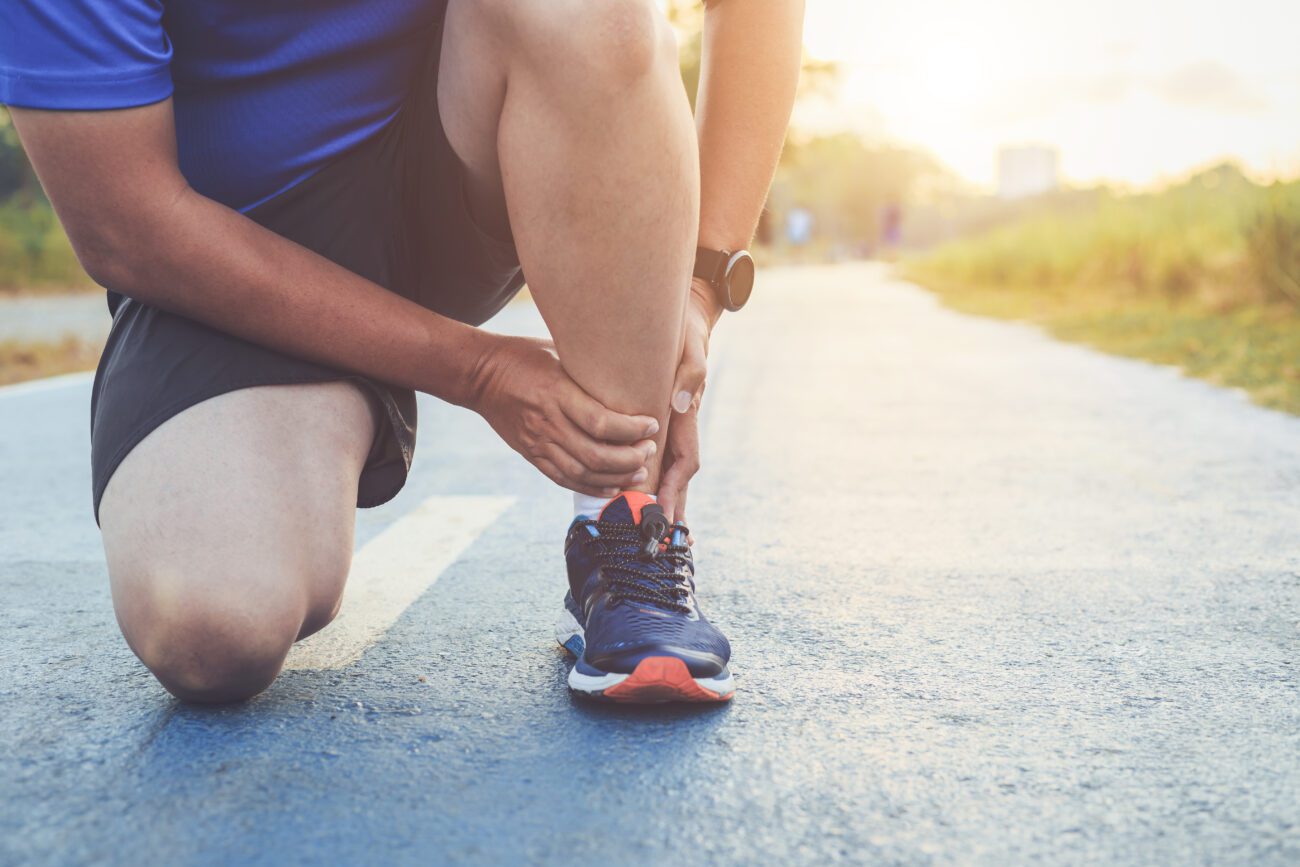Leg vein conditions are common issues that affect millions of people worldwide. These conditions can range from mild discomfort to more severe, health-threatening issues. Understanding the various types of leg vein conditions is essential for identifying symptoms early, seeking treatment, and maintaining optimal vascular health.
Varicose Veins
Varicose veins are perhaps the most well-known leg vein condition. These are enlarged, twisted veins that are often visible beneath the skin, appearing blue or dark purple. Varicose veins occur when the valves in the veins, which help blood flow in one direction, become weakened or damaged. This leads to blood pooling in the veins, causing them to stretch and become distorted.
Common symptoms of varicose veins include swelling, aching, and a heavy feeling in the legs. Although varicose veins are often a cosmetic concern, they can sometimes lead to more serious complications like blood clots or ulcers. Risk factors for varicose veins include pregnancy, obesity, prolonged sitting or standing, and a family history of the condition.
Spider Veins
Spider veins are smaller than varicose veins but share similar causes. These thin, red, blue, or purple veins appear close to the surface of the skin, often in a web-like pattern. They usually occur on the legs and face and are less likely to cause the pain and discomfort associated with varicose veins. Spider veins are often seen in individuals with a history of varicose veins, hormonal changes, or prolonged sun exposure.
Chronic Venous Insufficiency (CVI)
Chronic venous insufficiency is a more serious condition that occurs when the veins are unable to pump enough blood back to the heart, often due to weakened or damaged valves. This condition can lead to fluid buildup in the legs, causing swelling, skin changes, and ulcers. CVI is typically seen in individuals with a long history of varicose veins and may progress over time if untreated. The main symptoms of CVI include swelling, pain, skin discoloration, and the formation of ulcers or sores that are slow to heal. Treatment for CVI may involve compression stockings, lifestyle changes like regular walking, and medical procedures such as sclerotherapy or surgery to remove damaged veins.
Deep Vein Thrombosis (DVT)
Deep vein thrombosis is a more serious condition involving the formation of a blood clot in the deep veins of the leg, usually in the calf or thigh. DVT can be life-threatening if the clot dislodges and travels to the lungs, causing a pulmonary embolism. Symptoms of DVT include pain, swelling, warmth, and redness in the affected leg. Risk factors for DVT include prolonged immobility, such as during long flights or after surgery, a family history of blood clots, or underlying health conditions like heart disease. Treatment typically involves blood-thinning medications and, in severe cases, surgery to remove the clot.
Venous Ulcers
Venous ulcers are open sores that occur due to poor circulation, often as a result of chronic venous insufficiency. These ulcers typically appear on the lower legs and ankles and are painful and slow to heal. They are often accompanied by swelling, skin discoloration, and skin thickening. Proper treatment involves addressing the underlying venous insufficiency through compression therapy, wound care, and sometimes surgical intervention.
Different Leg Vein Conditions FAQs
Are varicose and spider veins the same thing?
No. Varicose veins and spider veins are different conditions that affect your blood vessels. Spider veins are tiny, thread-like vessels visible near the skin surface that appear red or blue and branch out like spider webs. Varicose veins are larger, raised, swollen blood vessels that often appear twisted and bulging under the skin, typically with a bluish-purple color.
Can leg vein conditions be prevented?
You can prevent many leg vein conditions with healthy lifestyle habits. Regular exercise, maintaining a healthy weight, and avoiding prolonged sitting or standing can reduce your risk. Wearing compression stockings when necessary, elevating your legs when possible, and avoiding tight clothing that restricts blood flow also help prevent vein problems from developing.
Are spider veins a sign of a more serious condition?
Spider veins themselves are often just a cosmetic concern, but they can sometimes indicate underlying vein problems. In some cases, they might signal venous insufficiency, where deeper veins aren’t working correctly. If your spider veins cause pain, swelling, or discomfort, or if they appear suddenly and spread rapidly, it’s worth having them evaluated by a healthcare provider.
Is surgery the only option for vein conditions?
No, surgery isn’t the only option for vein conditions. Many treatments are now minimally invasive, including laser therapy, sclerotherapy (injections that close problem veins), and radiofrequency ablation. Conservative approaches like compression stockings, leg elevation, and exercise can help manage mild cases. Your vascular specialist will recommend treatment based on the severity of your condition.
How long does it take to recover from vein treatments?
Your recovery time will vary depending on the type of treatment. Minimally invasive treatments like sclerotherapy or laser therapy require little to no downtime, while more complex procedures may take a few weeks. Following post-treatment care instructions can speed up healing.
When should I see a vein specialist?
You should see a vein specialist if you experience persistent leg pain, swelling, skin changes, or slow-healing sores. If you have a history of blood clots or varicose veins that worsen over time, early evaluation can help prevent complications. Seeking treatment sooner can improve both comfort and circulation.
Leg Vein Condition Treatment in Dayton, OH
If you experience any symptoms related to leg vein problems, Varicose to Perfect is here to help. While many leg vein conditions remain purely an aesthetic issue, they could develop into worsening conditions. Contact us today to schedule a consultation and learn more about your treatment options.

